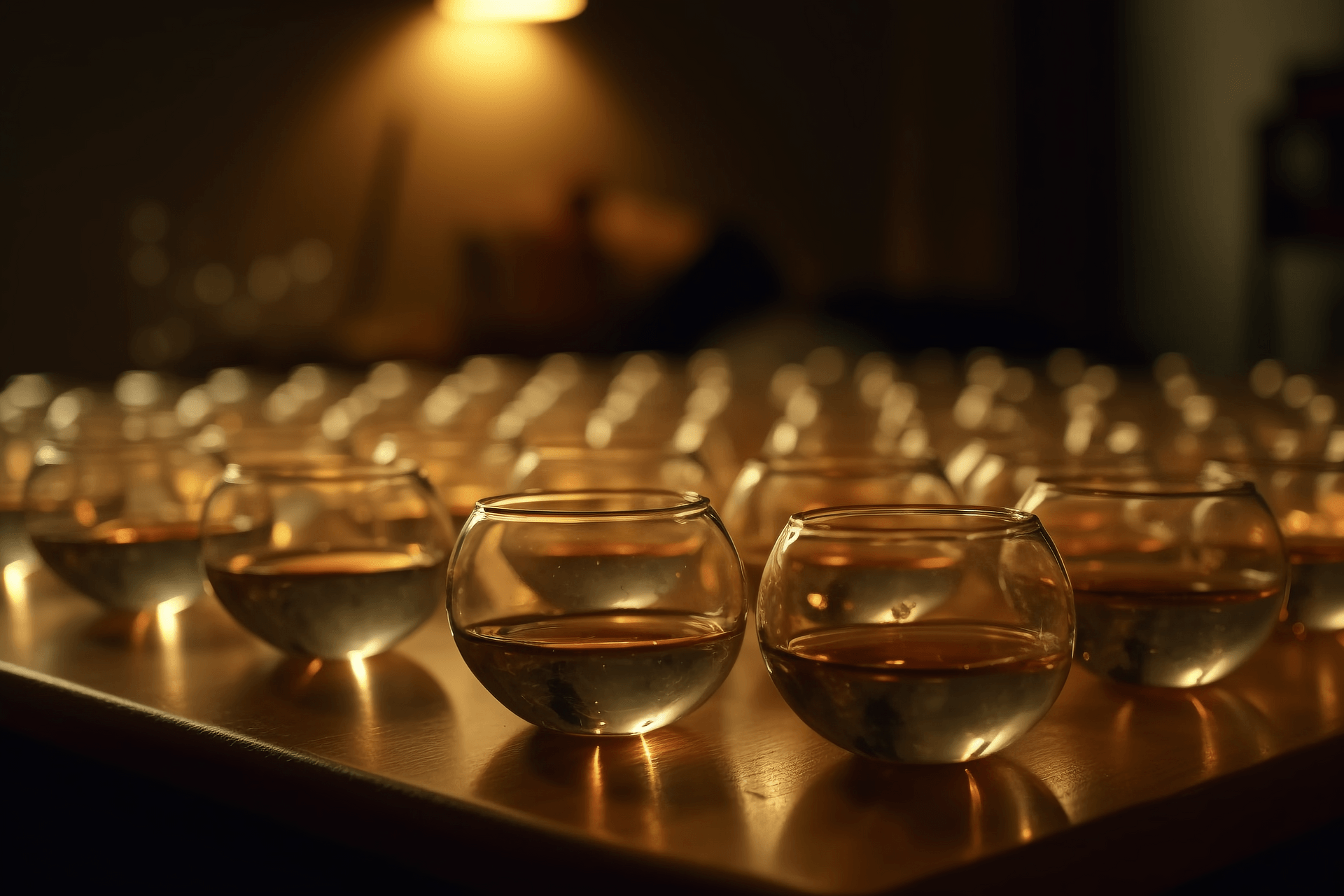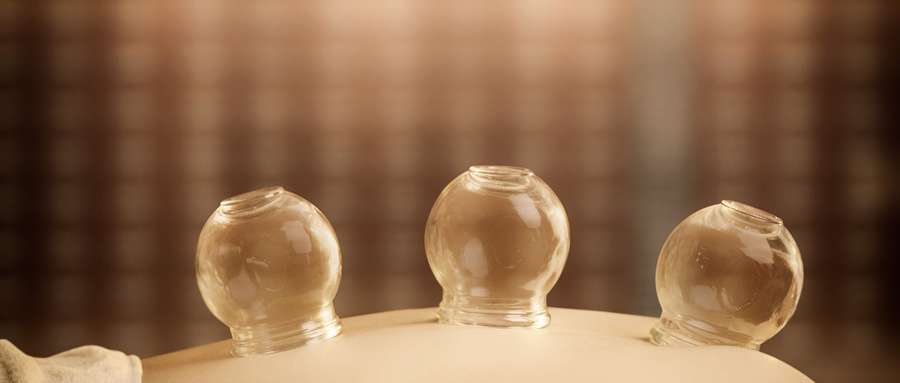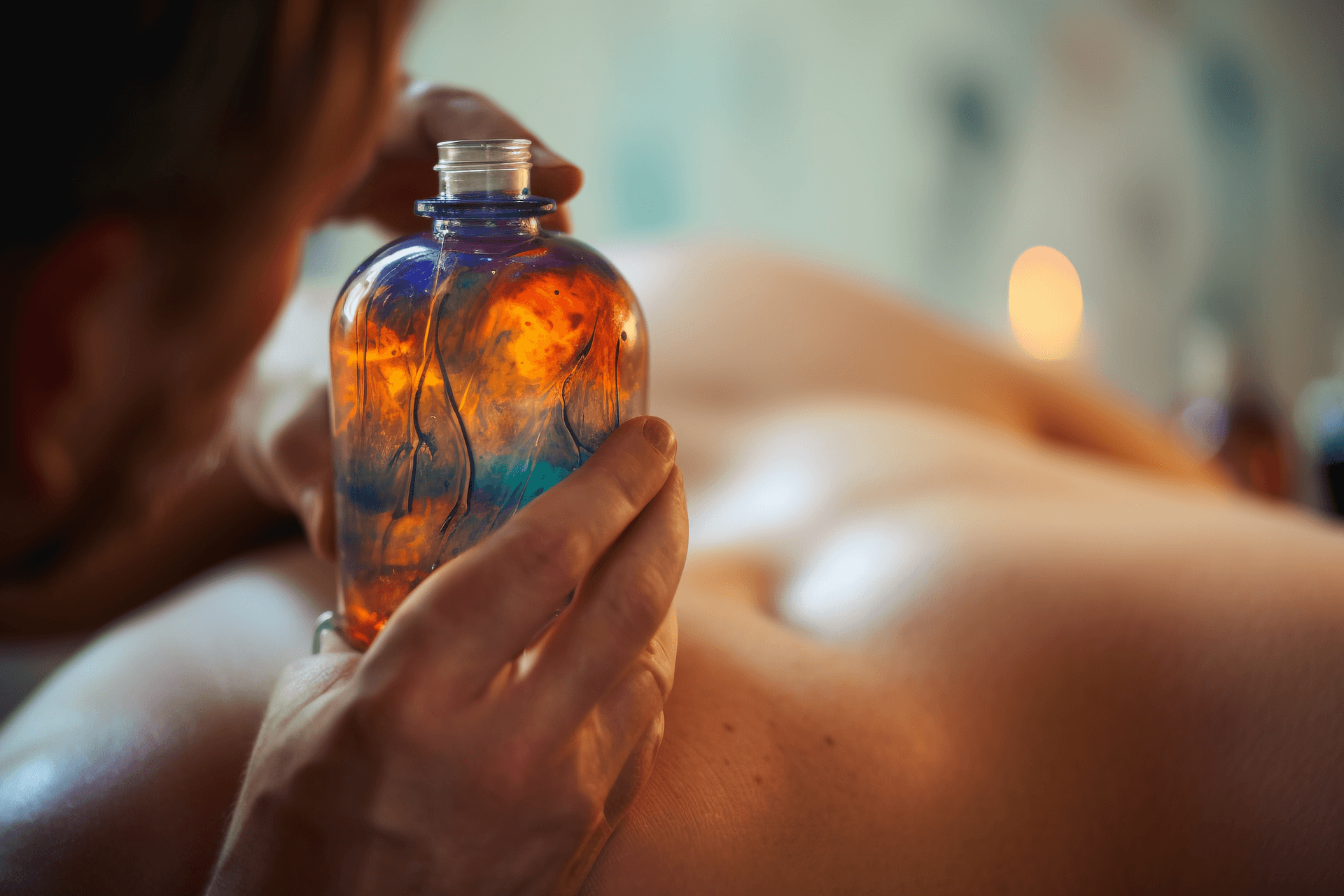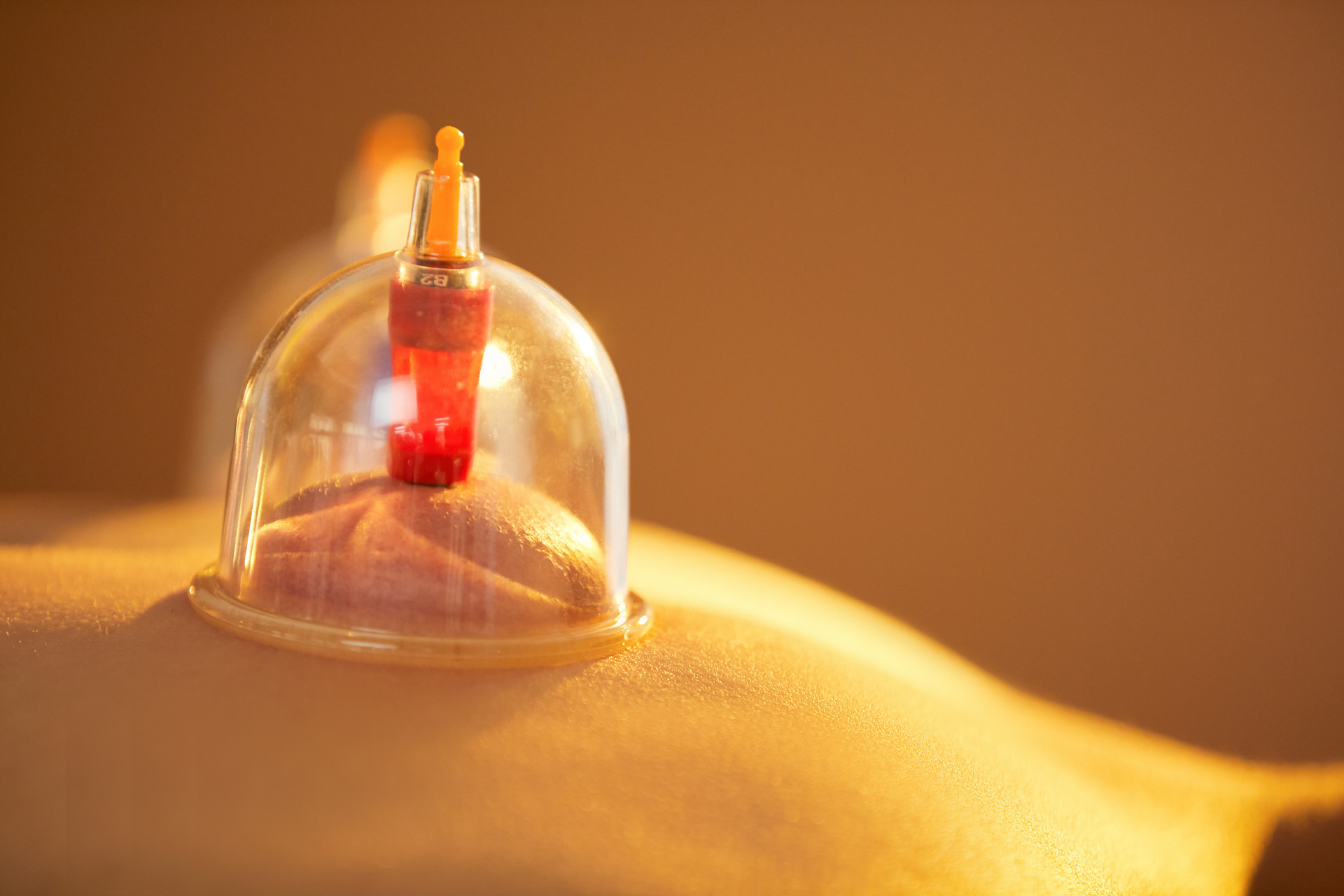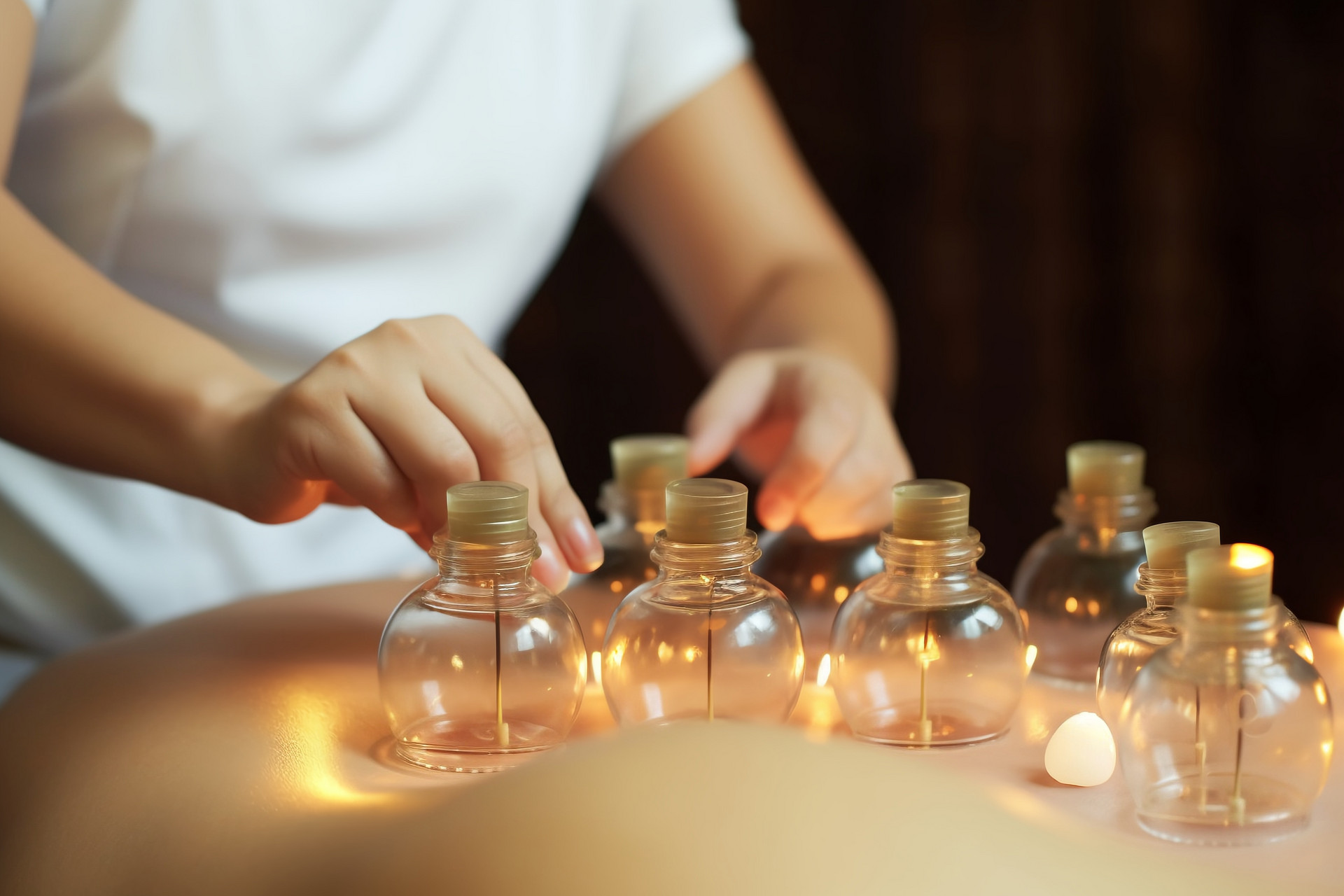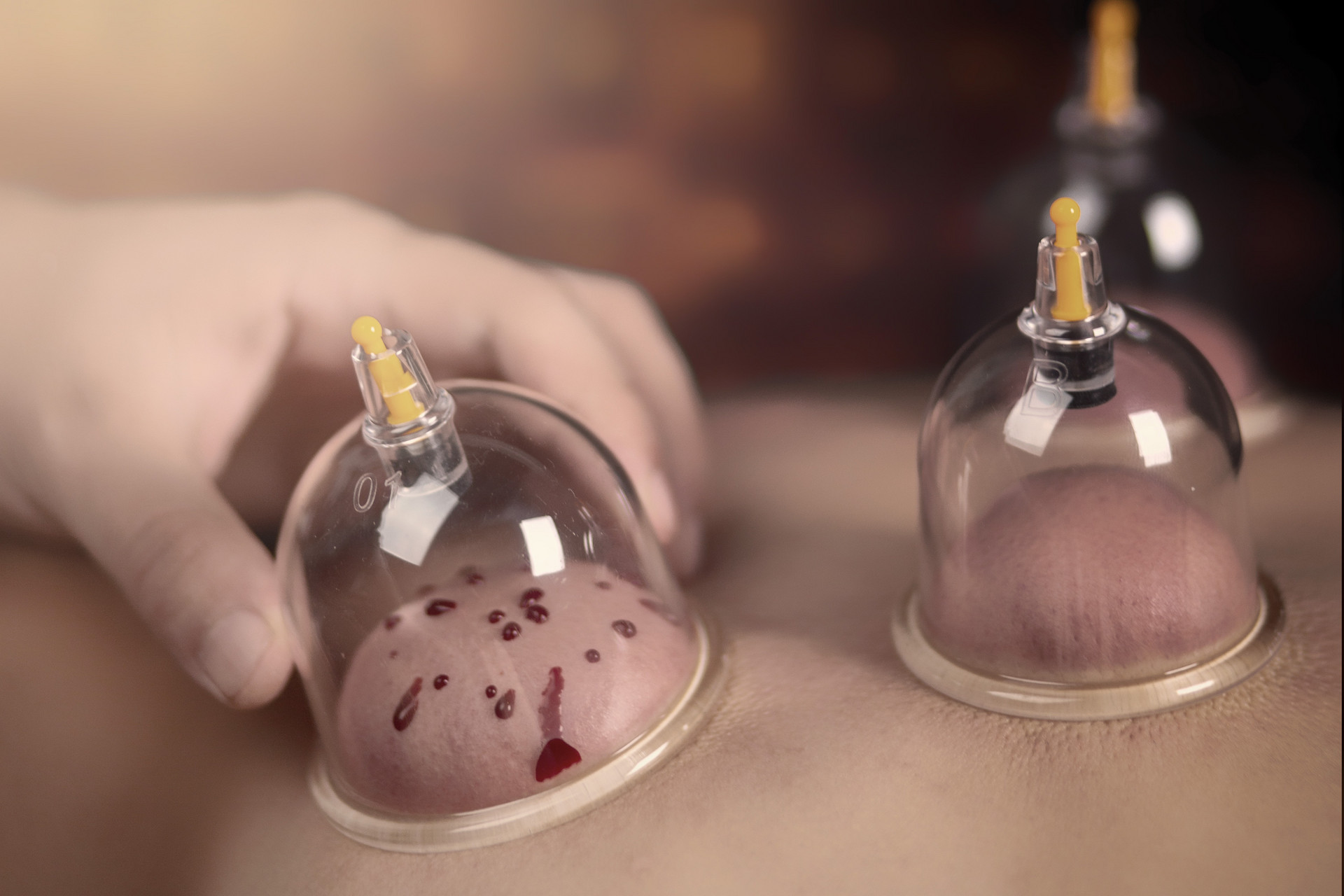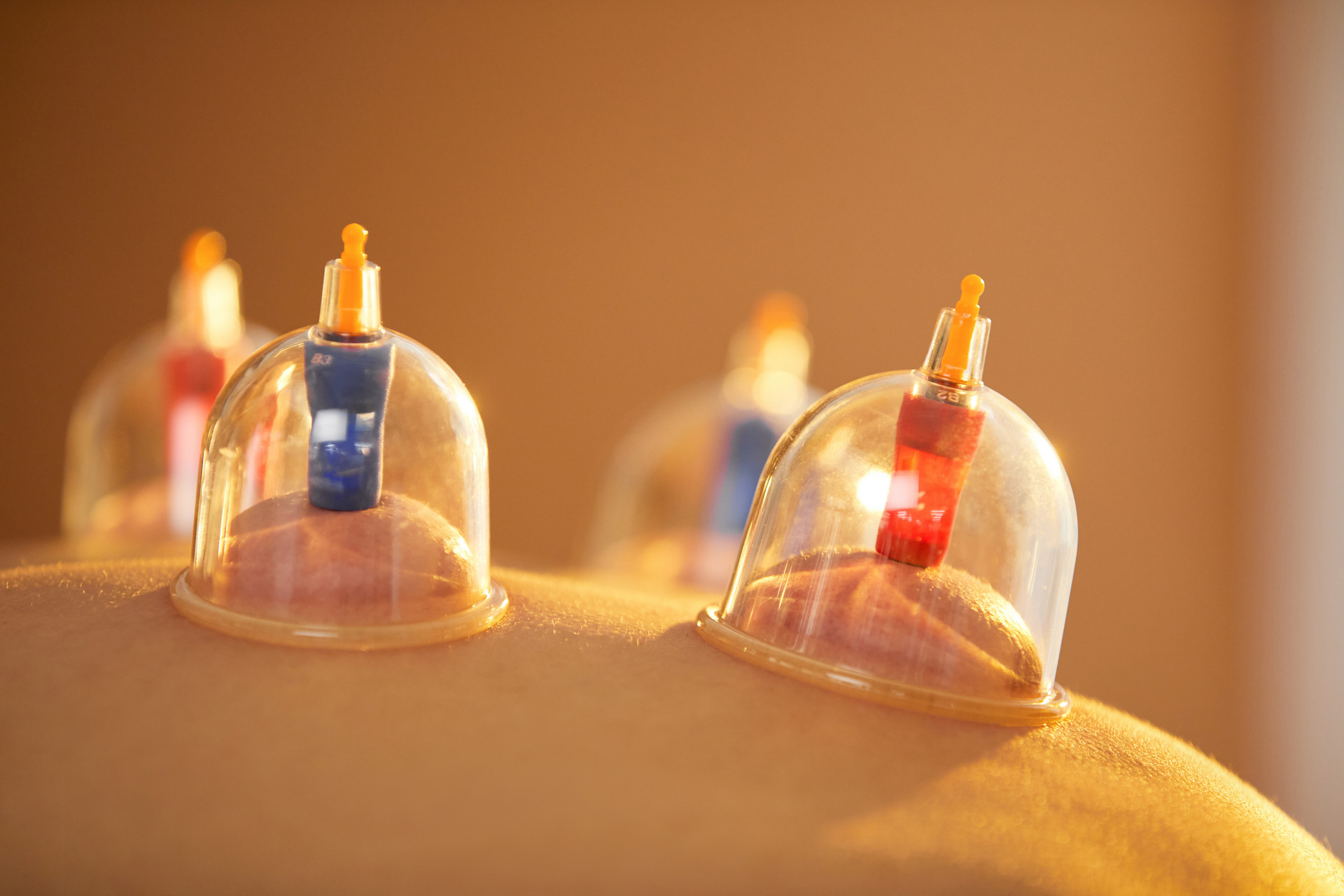Cupping may seem simple, but it is also highly skilled. Cupping must be performed by trained medical personnel, otherwise it can easily "burn oneself". How to ensure the safety of cupping? Experts suggest following these 4 steps:
Step 1: Assess
First, before cupping, the patient's eligibility for cupping should be evaluated. Experts suggest the following assessments:
- The patient's condition, medical history, consciousness, activity ability, and whether there is any sensory dullness/impairment;
- The patient's physical condition and the condition of the skin where cupping will be performed;
- The patient's psychological condition and tolerance for pain.
- Cupping should be avoided in the following conditions: high fever, convulsions, and disorders of blood coagulation; skin ulcers, edema, and major blood vessels; pregnant women's abdomen and lumbar region.
Step 2: Inspect
Second, the surrounding environment should be checked before cupping. There should be no flammable materials and the temperature should be suitable. The appropriate size of the cup should be selected according to the cupping site. The smoothness of the cup mouth and the absence of defects or cracks should be checked. The appropriate humidity of the 95% alcohol cotton ball should be checked. If the cotton ball is too dry, the flame will be insufficient. If it is too wet, the alcohol drops after ignition will turn into sparks and fireballs, which can easily cause accidents.
Step 3: Select Acupoints
Next, the cupping location varies depending on the different diseases:
- For patients with low back pain:

Acupoints such as Shenshu, Dachangshu, Zhibian, Huan Tiao, Cheng Shan, and Wei Zhong are suitable for cupping.
- For patients with cervical spondylosis:

Acupoints such as Feng Chi, Jing Bai Lao, Da Zhui, and Jian Jing are suitable for cupping.
- For patients with knee joint pain:

Acupoints such as Xue Hai, Liang Qiu, Yin Ling Quan, Yang Ling Quan, and Zu San Li are suitable for cupping.
Step 4: Technique
As for the technique of cupping, it also requires skill. The movements should be stable, accurate, and fast. The flame must not cross over the patient or be too close to the patient, otherwise the patient may be burned if the flame accidentally falls. If the movements are not fast, the negative pressure will be reduced and the therapeutic effect will not be achieved. The operator of cupping should constantly ask the patient for feedback, check the adhesion of the cup mouth, and assess the local skin color, which should be purplish red. When the patient feels pain or tightness, the cup should be removed promptly. When removing the cup, it should be done slowly without pulling forcefully. One hand should hold the cup body, and the other thumb should press the skin around the cup mouth. Once air enters the cup, it can be removed smoothly. Used cups should be disinfected and reserved separately to prevent cross-infection.
Observing the Cupping Marks to Assess the Constitution
After cupping, local purplish bruises of the same size as the cup mouth may appear, and they will disappear on their own after a few days. Clinically, doctors can also assess the patient's constitution based on the cupping marks and guide the patient's recuperation. If the cupping marks are grayish-white, it indicates that the patient's constitution is relatively weak. If the skin becomes bright red after cupping, it indicates that the patient has internal heat. If the skin becomes purplish-black and dull, it indicates blood stasis in the patient's body. If the skin becomes purplish and there are patches, it indicates that the patient is invaded by wind and cold. If there is water vapor on the inner wall of the cup after cupping, it indicates that there is dampness in the body at the cupped site. If there are no significant changes in the skin after cupping, no cupping marks or if the marks disappear immediately and the skin returns to normal, it indicates that the body is basically normal or the pathogenic factor is mild.
In conclusion, cupping is a common traditional Chinese medicine external treatment method. Even if the skin shows some color and shape changes, there is no need to worry too much. Taking care of the body regularly is sufficient.


